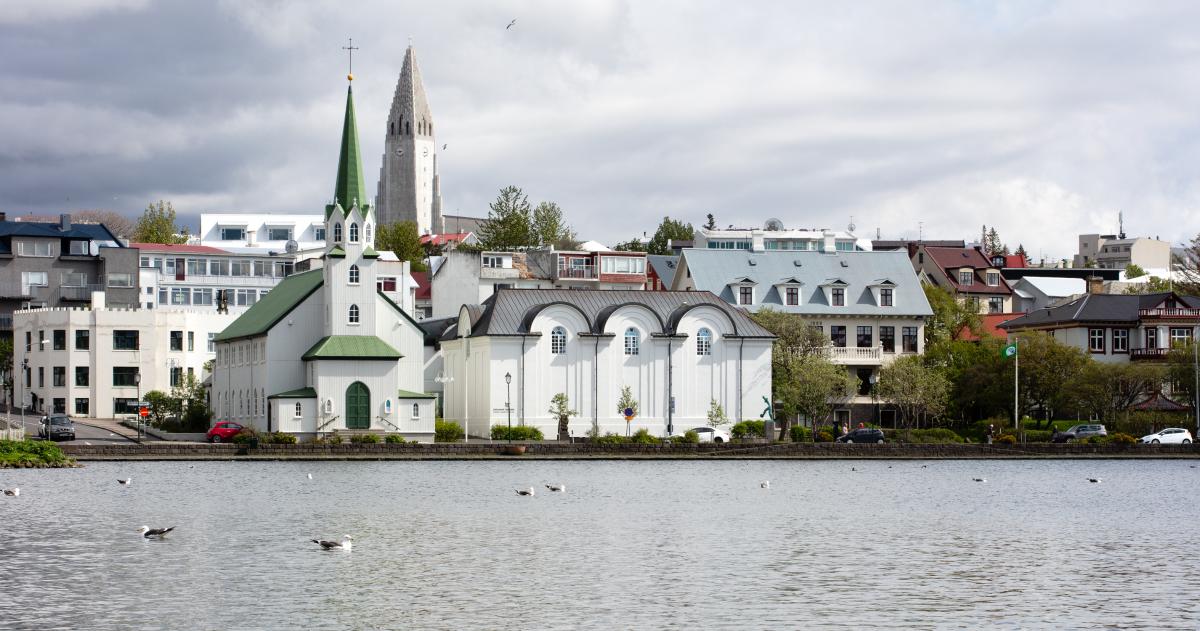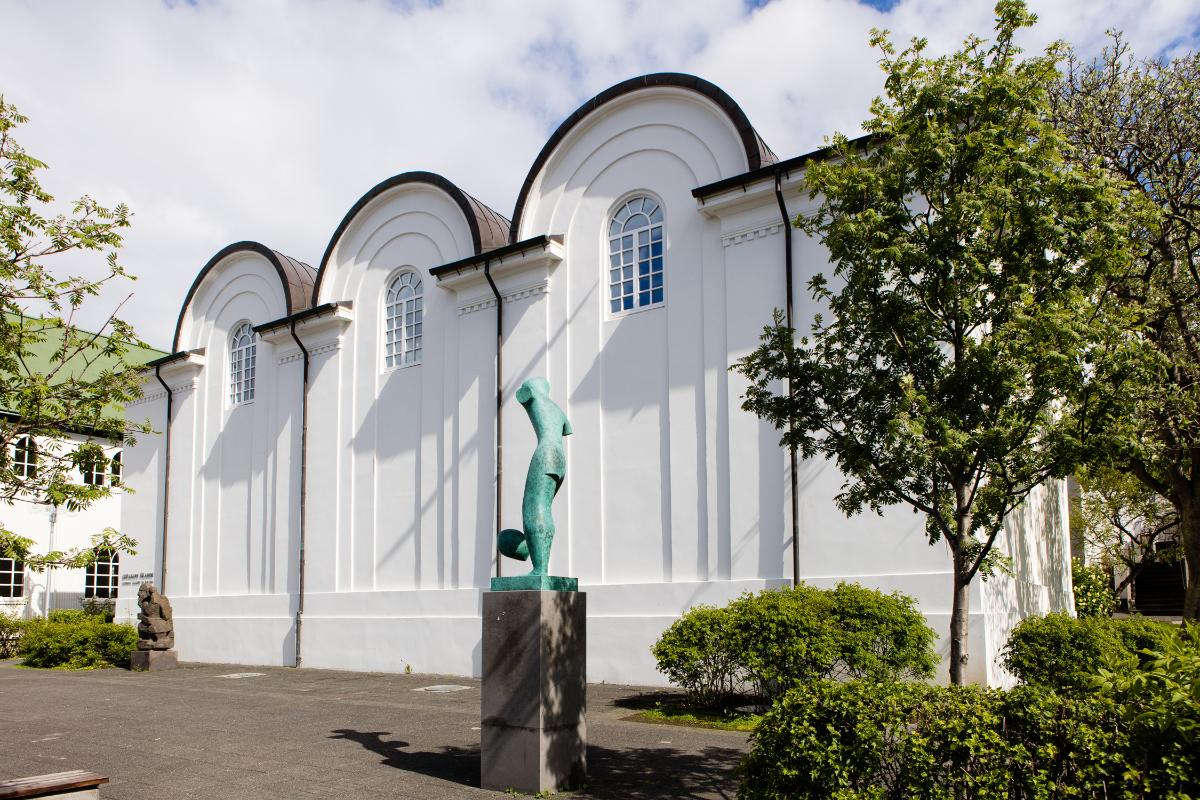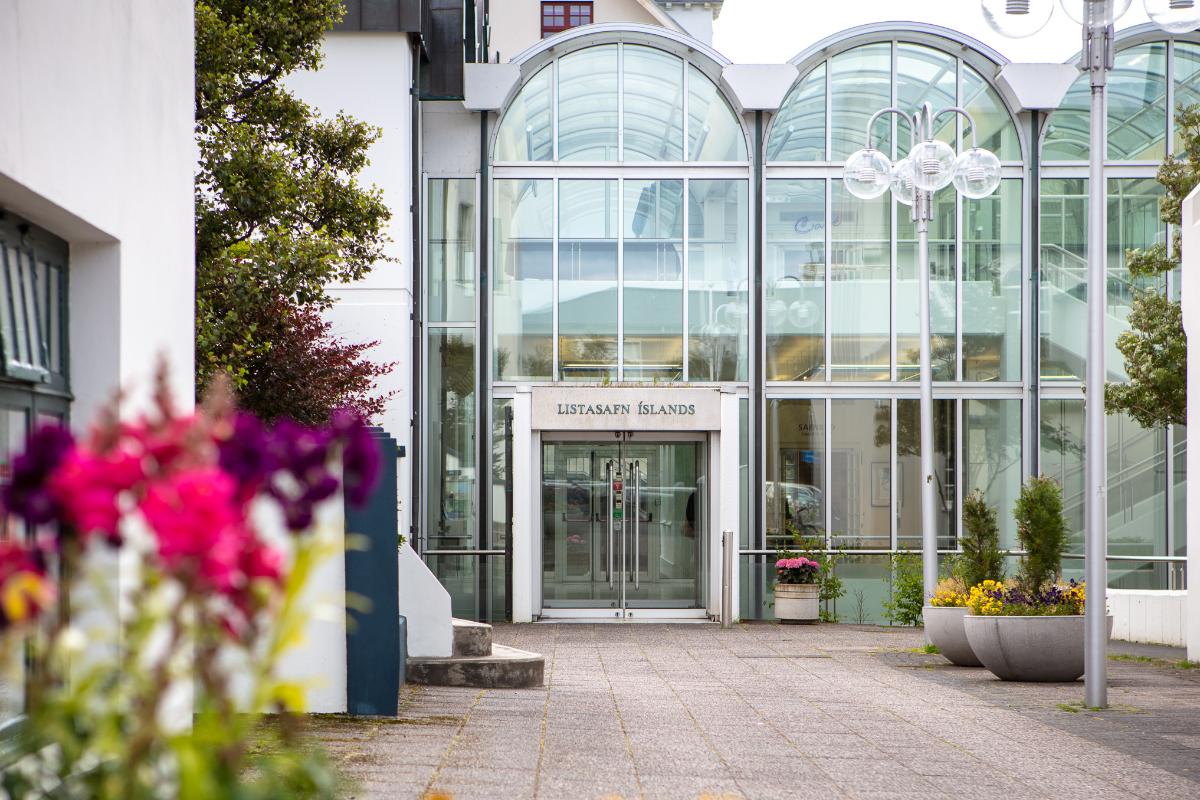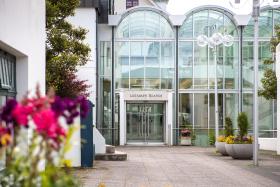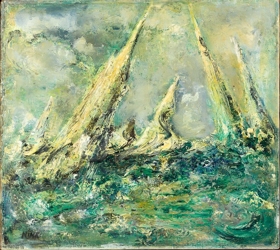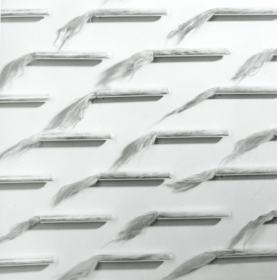National Gallery of Iceland
The National Gallery of Iceland was founded in Copenhagen in October 1884, when Iceland was under Danish rule. The collection was initially composed of donations of artworks, mainly by Danish artists. From its founding, the National Gallery operated administratively as an independent institution. In 1916, it became a department within the National Museum of Iceland. In 1928, it was placed under the Ministry of Education, and in 1961, it obtained legal status as an independent entity.
From 1885 to 1950, the collection was exhibited in Parliament House in Reykjavík. In 1951, it was moved to Suðurgata, where it was housed alongside collections of the National Museum of Iceland. In 1987, the museum moved to Fríkirkjuvegur 7, in a former icehouse designed by Guðjón Samúelsson and constructed in 1916. Garðar Halldórsson designed a new extension.
The National Gallery collects, preserves, interprets, and displays Icelandic and international art dating from the late 19th century to the present, including many of the most significant works of Icelandic visual art in the country.
The collection comprises 16,000 objects and maintains an active acquisition program, which includes both purchases and donations. New acquisitions include works by Icelandic artists that reflect trends in contemporary art.
The National Gallery organizes exhibitions that reflect the museum’s diverse collections, as well as special exhibitions of works by both Icelandic and international artists. Scholarly publications accompany the exhibitions.
At Fríkirkjuvegur 7, there are four exhibition halls, a museum shop, café, and an art workshop offering children's programs.
At the Culture House (Hverfisgata 15), a permanent exhibition spans all four floors, with space for events and meetings.
The Laufásvegur 12 office houses archives, a photo collection, and a conservation department.
Explore the Collection
Exhibitions and Stories
